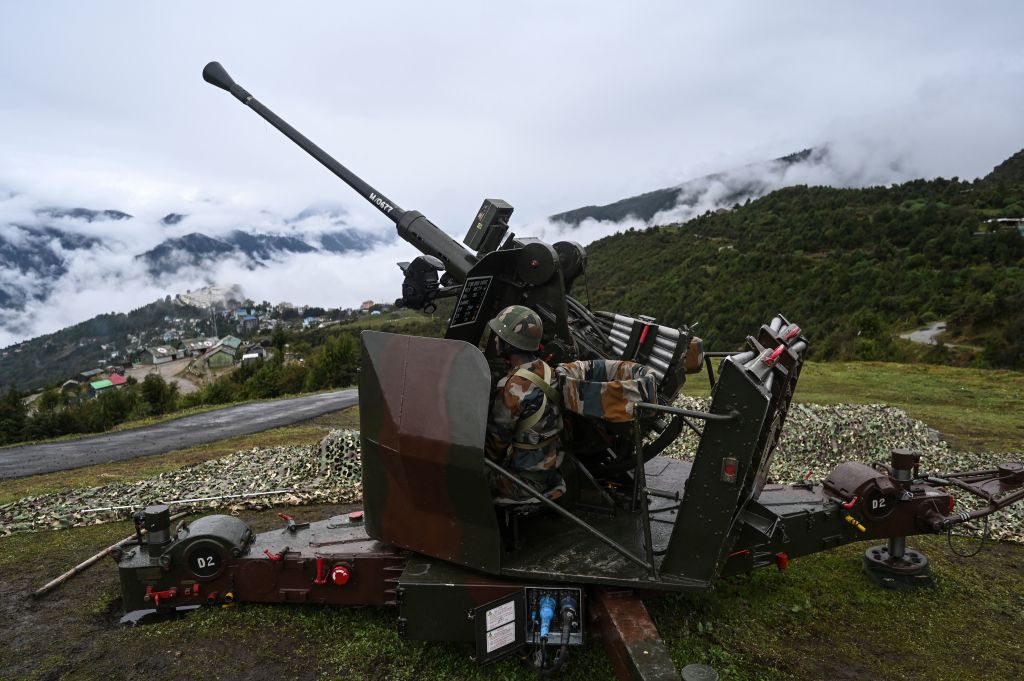For more than 20 years the West ignored China’s militarisation of the South China Sea. Until, that is, it was too late. Now, after being artificially expanded and built out with sand, the islands of this crucial maritime space are dotted with Chinese missile systems and runways. The region’s smaller nations, who also lay claim to sections of this sea, can only protest in vain.
Will the Free World learn from the mistakes of history? Beijing is now trying to redraw the map across the Himalayas, most recently in Arunachal Pradesh, a territory in North-eastern India that China claims as ‘South Tibet’.
Last week, Chinese and Indian troops clashed in the Tawang area of the region. While both sides quickly disengaged, the incident suggests that all is not well along the Indo-Chinese border, poorly demarcated along the Line of Actual Control (LAC). More concerning still is the size of the Chinese presence. Reportedly numbering 600 People’s Liberation Army (PLA) personnel, this has led longstanding Indian border watchers to speculate that such incursions are forming an integral part of Beijing’s approach to New Delhi going forward.

Britain’s best politics newsletters
You get two free articles each week when you sign up to The Spectator’s emails.
Already a subscriber? Log in






Comments
Join the debate for just £1 a month
Be part of the conversation with other Spectator readers by getting your first three months for £3.
UNLOCK ACCESS Just £1 a monthAlready a subscriber? Log in